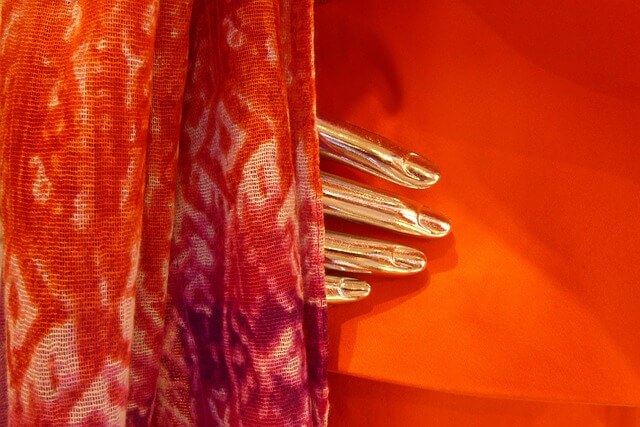Tips for Extending the Lifespan of Your Clothing
With proper care and attention, you can significantly extend the lifespan of your clothing, saving both money and resources. One of the key tips for preserving your garments is to wash them less frequently.
Unless they are visibly dirty or have an unpleasant odor, it’s often unnecessary to wash clothes after just one wear. Instead, consider spot cleaning stains and airing out your clothes to eliminate any odors. By reducing the frequency of washing, you can prevent the fading, stretching, and damage that can occur over time.
Another important aspect of clothing care is choosing the appropriate washing method. Always read the care label to determine the best way to clean your garments. Some items may require handwashing or delicate machine cycles, while others may be suitable for regular machine wash.
Additionally, using cold water whenever possible can help preserve colors and minimize shrinkage. It’s also crucial to invest in a good quality laundry detergent that is gentle on fabrics. By following these guidelines, you can ensure that your clothes stay in top condition for longer, reducing the need for frequent replacements and ultimately contributing to a more sustainable fashion industry.
The Role of Consumer Awareness in Promoting Slow Fashion
Consumer awareness plays a significant role in promoting the principles of slow fashion. As consumers become more informed about the environmental and social impacts of their clothing choices, they are more likely to make conscious decisions that align with sustainable and ethical practices.
This awareness can be fostered through various means, such as educational campaigns, transparent labeling, and increased accessibility to information about supply chains and production processes. By understanding the value of their choices, consumers are empowered to support brands and initiatives that prioritize longevity, fairness, and sustainability.

Awareness alone, however, is not enough to drive change in the fashion industry. It must be accompanied by a shift in consumer behavior. This requires consumers to adjust their attitudes and habits when it comes to shopping for clothing. Instead of chasing the latest trends and giving in to fast fashion’s allure of cheap and disposable garments, consumers need to embrace a more mindful approach.
This means considering not only the immediate style and price benefits of a purchase but also the long-term impact it will have on the environment and the people involved in its production. By choosing quality over quantity and investing in timeless pieces, consumers can express their personal style while contributing to a more sustainable fashion ecosystem.
Inspiring Examples of Sustainable and Ethical Fashion Brands
One inspiring example of a sustainable and ethical fashion brand is Patagonia. Known for their commitment to environmental responsibility, Patagonia takes steps to reduce their impact on the planet at every stage of production. They use recycled materials for their clothing, offer repair services to extend the lifespan of their products, and advocate for fair labor practices in their supply chain. By promoting transparency and ensuring the well-being of both people and the environment, Patagonia sets a high standard for sustainable fashion.
Another brand that exemplifies sustainable and ethical practices is Eileen Fisher. With a focus on timeless and versatile designs, Eileen Fisher creates clothing that is made to last. They prioritize sustainable materials and production methods, such as using organic fibers and minimizing waste in their manufacturing processes.
In addition to their commitment to environmental sustainability, Eileen Fisher also values fair and safe working conditions for their employees. They actively support women-owned and minority-owned businesses, creating a positive impact on both communities and the fashion industry as a whole.


